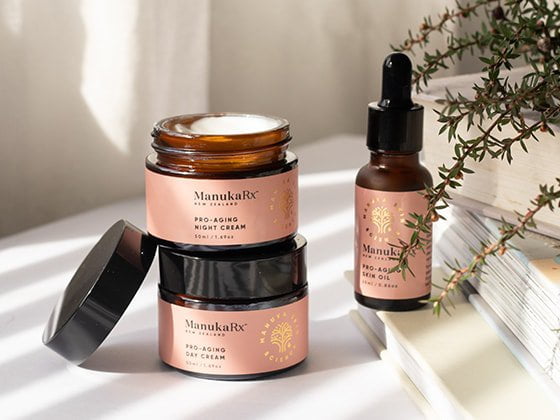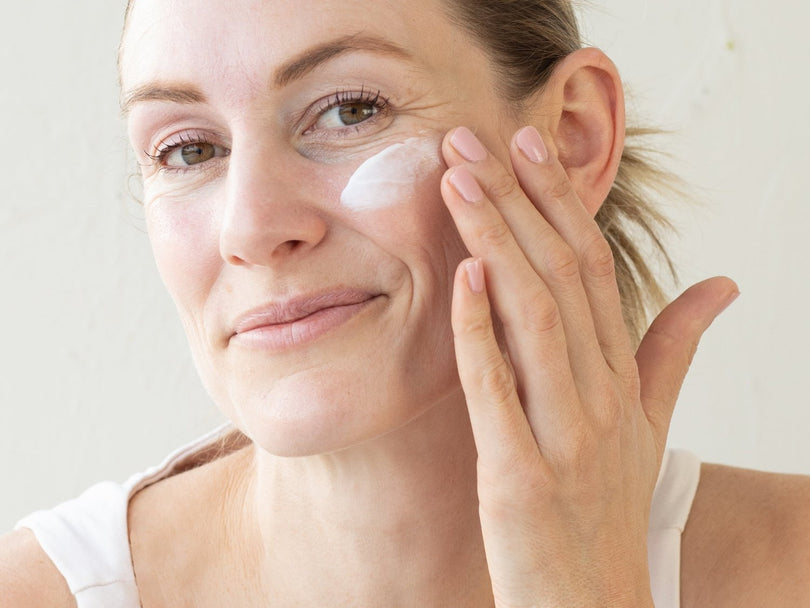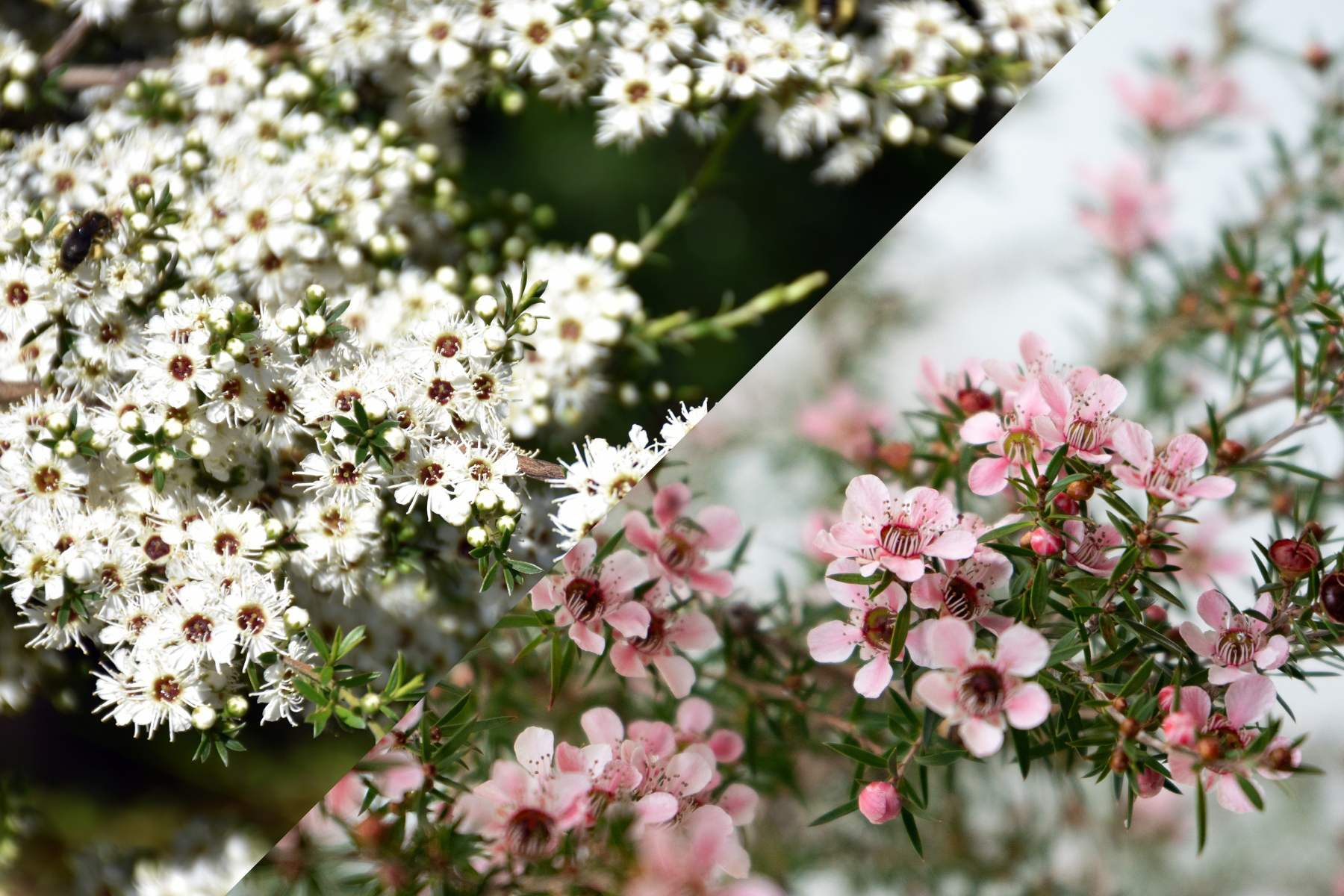Acids are a fantastic way to improve skin texture, reduce acne or achieve radiant skin. These powerful exfoliants help remove dead skin cells, unclog pores, and target specific skin conditions like acne scars, hyperpigmentation, and uneven skin texture.
But with so many acids available, how do you know which one is right for you? Here’s a breakdown of the 7 best face acids and when to use them. Tailor your skincare routine to your skin’s unique needs.
1. Salicylic Acid: The Acne-Fighter
Salicylic acid is a beta hydroxy acid (BHA), famous for its ability to penetrate deeper into oily skin and unclog pores. This oil-soluble acid works by dissolving excess sebum and exfoliating the skin's surface, making it particularly beneficial for acne-prone skin.
Salicylic acid is perfect for those dealing with acne, blackheads or an overall oily complexion. Reducing excess sebum and exfoliating dead skin cells helps prevent clogged pores and reduce acne flare-ups.
When to Use: Salicylic acid is ideal for daily use if you struggle with acne or have an oily skin type. You’ll often find salicylic acid in cleansers, serums, and spot treatments, so it’s easy to incorporate into your skincare routine.
Benefits:
- Unclogs pores
- Controls oil production
- Reduces acne and blackheads
2. Glycolic Acid: The Brightening Alpha Hydroxy Acid
Glycolic acid is one of the most popular alpha hydroxy acids (AHAs). Derived from sugar cane, its small molecular size allows it to penetrate deeply into the skin, effectively exfoliating the top layer and stimulating cell turnover. This acid helps improve skin texture and tone, making it ideal for those looking to reduce the appearance of fine lines, wrinkles, or age spots.
When to Use: Glycolic acid is best for nighttime use, especially if you’re targeting sun damage or signs of ageing. Start by using it 2-3 times a week to avoid irritation, especially if you have sensitive skin.
Benefits:
- Improves skin texture
- Evens skin tone and improves brightness
- Reduces the appearance of fine lines and sun damage

3. Lactic Acid: The Hydrating Exfoliator
Lactic acid is another alpha hydroxy acid, but it's gentler than glycolic acid, making it a great option for sensitive skin. Derived from milk, lactic acid works by exfoliating the skin while simultaneously providing hydration.
It’s an excellent choice for those who want to improve skin texture without the risk of irritation. You can find lactic acid in serums and toners that focus on exfoliation and hydration.
When to Use: Lactic acid can be used a few times a week, either in the morning or evening. If you have sensitive skin, start slowly to avoid over-exfoliating.
Benefits:
- Hydrates while exfoliating
- Improves skin tone
- Gently exfoliates sensitive skin
4. Mandelic Acid: The Gentle Yet Effective Exfoliant
Derived from bitter almonds, mandelic acid is an AHA with a larger molecular structure, which means it penetrates the skin more slowly, reducing irritation. Mandelic acid is perfect for those with sensitive or acne-prone skin looking for a gentler chemical exfoliant that still delivers results.
When to Use: Mandelic acid is gentle enough for frequent use, even daily if your skin can tolerate it. You’ll find it in serums and toners aimed at improving skin texture and reducing acne scars.
Benefits:
- Reduces acne scars
- Gentle on sensitive skin
- Improves overall skin texture

5. Azelaic Acid: The Multi-Tasking Hero
Azelaic acid is a naturally occurring acid found in grains like barley and wheat. It’s known for its anti-inflammatory properties, making it particularly beneficial for those with acne, rosacea, or sensitive skin. Azelaic acid helps with unclogging pores, reduce acne, and even out skin tone, all while being gentle enough for daily use.
When to Use: You can use azelaic acid daily, either in the morning or evening. It pairs well with other treatments and is particularly helpful in reducing redness and preventing acne breakouts.
Benefits:
- Reduces redness and irritation
- Fades dark spots and hyperpigmentation
- Unclogs pores and reduces acne
6. Malic Acid: The Humectant AHA
Malic acid, derived from apples, is a less commonly used AHA, but it offers unique properties. It has both exfoliating and hydrating benefits, making it a great choice for those with uneven skin texture and dryness. While not as strong as glycolic or lactic acid, malic acid still helps exfoliate the skin's surface and improve cell turnover.
When to Use: Incorporate malic acid into your routine a few times a week if you're seeking a gentle exfoliation combined with hydration. It’s perfect for those with sensitive or dry skin types.
Benefits:
- Exfoliates and hydrates
- Gentle on dry skin
- Helps improve uneven skin texture
7. Hyaluronic Acid: The Ultimate Hydrator
While hyaluronic acid isn't technically an exfoliating acid like the others on this list, it's essential for maintaining your skin’s moisture balance. Hyaluronic acid draws water into the skin, helping to plump fine lines and reduce the appearance of wrinkles. It’s the perfect complement to other acids, helping soothe and hydrate the skin after exfoliation.
When to Use: Hyaluronic acid can be used both morning and night, and it’s safe for all skin types. Look for it in serums and moisturisers to maintain skin hydration.
Benefits:
- Hydrates and plumps skin
- Reduces the appearance of fine lines
- Suitable for all skin types

How to Incorporate Acids into Your Skincare Routine
Now that you know the benefits of each acid, it’s time to incorporate them into your skincare routine. Keep in mind that not all acids should be used together. For instance, combining multiple exfoliating acids can lead to irritation, redness, or dryness, especially for those with sensitive skin.
Here are a few tips:
Start Slow: Begin with one exfoliating acid and gradually increase usage as your skin builds tolerance.
Use Sunscreen: Most acids, particularly AHAs, make your skin more sensitive to sun exposure, so always apply a broad-spectrum sunscreen during the day.
Moisturise: Follow up with a hydrating serum like hyaluronic acid to lock in moisture and soothe your skin after exfoliation.
All about Acids
From salicylic acid for acne-prone skin to glycolic acid for improving skin texture and tone, acids offer a myriad of benefits when used correctly. Each skin type has different needs, so finding the right acid is essential for glowing, radiant skin.
By incorporating the right exfoliating acids into your skincare routine, you’ll tackle issues like clogged pores, acne scars, hyperpigmentation and fine lines. All while improving your overall skin texture.
Remember, the key to radiant skin is consistency and patience. As your skin undergoes exfoliation, cell turnover, and renewal, you’ll start to see the benefits of these powerful acids unfold.
To work out which acids suit your skin best, take this free skincare quiz.






